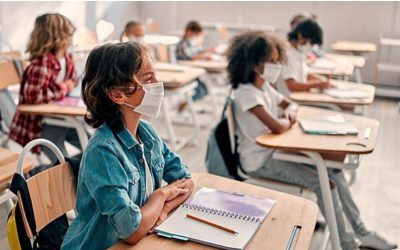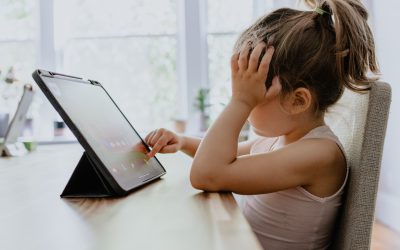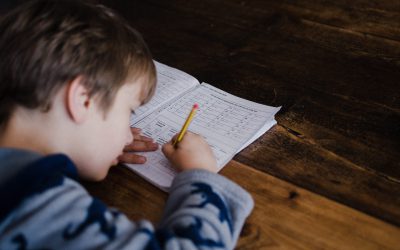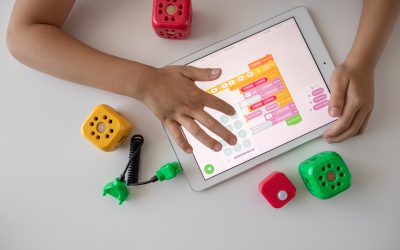COVID-News update April 20- April 24
27 Apr 2020 | News
In the national and international news this week: reopening of primary schools with examples of initial experiences from Denmark, China and Taiwan; identifying and sustaining good practices; recruitment of teachers during the COVID-19 pandemic; tools to support schools and parents in home-schooling and distance learning; and a report of the OECD of how countries are responding to the crisis.
Prof. Dr. Melanie Ehren & Rukiye Turkeli
27-04-2020


News from the Netherlands
Opening of primary schools and after-school childcare facilities
On the 21th of April, Prime Minister Mark Rutte announced that all primary schools and after school child care facilities will reopen on the 11th of May. Pupils will be split into smaller groups which will be taught on full days on an alternating schedule to minimize interactions in school. Home-schooling will continue on the days not spent in school. Special (primary) education and day care for 0 to 4-year-old children will fully re-open while children in vulnerable situations or of parents in vital professions continue to go to school fulltime
Schools in secondary education will (partly) re-open as of the 2nd of June and have been asked to start preparing for a set-up which allows students and staff to abide by social distancing measures.
Protocol to reopen primary education and special (primary) education:
- The national council for Primary Education, in collaboration with the Ministry of Education, Culture and Science has developed two protocols to support primary schools in planning for re-opening. The protocols include guidelines on safety and hygiene and how to organize the schooling day. Safety and hygiene guidelines for example suggest providing hand sanitizers and paper towels in every classroom, not shaking hands, and washing hands several times a day. School staff do not have to wear personal protective equipment, but will be tested for the Corona virus. Guidelines on the structure of the school day are about how to organize students into smaller groups (teaching children from the same family on the same day), using the school building efficiently to teach smaller groups, signposting entry and exit into the school and ensuring students have their own dedicated space and time to play in the school grounds. Parents are not allowed to come into the school and students can only go to after school child care on the days they are going to school.
- The council for Primary Education has also developed a tool to support the social-emotional development of children and social cohesion within their class, and allow teachers to assess achievement and progress made over the past couple of weeks.
Responses to the decision to re-open schools
A recent poll by the General Association of School Leaders (AVS) shows that of the 1325 school leaders who took part in this poll, 80% are very motivated about the (partial) reopening of the schools. However, among school leaders there is also concern about their own health (52%) and 72% of the school leaders feel insufficiently prepared for the reopening, for example only 30% think they can get sufficient hand sanitizers and paper towels.
A poll (9,000 teachers) by an association of teachers (lerarencollectief) shows that 64% are positive about the reopening of schools, 27% disagree and almost 10% have no opinion.
On social media, we saw different responses from parents on the reopening of the schools. Some parents are anxious about being infected by their child, while others are relieved to see their child go back to school.
Identifying and sustaining good practice
Current developments of home-schooling and online learning have led to various good practices. In the Netherlands, the council for Secondary Education (VO-raad) has developed a guideline with a set of questions to help school sustain these practices when schools re-open and go back to normal. The questions support school principals to have a structured discussion with their staff about which practices to sustain and how (Secondary schools Council, 22 April 2020).
International news
Teacher shortage and recruitment of teachers during COVID-19
In any given year around 15% of teachers change job and over 20,000 new teachers enter the profession from training routes. Most of this activity occurs in April and May as teachers are obliged to resign by the end of May under standardised terms and conditions. How is the pandemic affecting this activity? TeacherTapp is working with SchoolDash and The Gatsby Foundation to create a guide to recruitment season. Data shows that around 9% of teachers were planning to move but have decided not to, and a further 6% are undecided. This uncertainty is likely to slow vacancy rates and slow the number of candidates looking to change jobs.
Denmark
Danish primary schools have become the first in Europe to reopen after shutting down. The New York Times has written an article about the measures implemented in Danish primary schools. For example, the school’s floors have been covered with new markings, showing pupils how far apart they have to stand. Instead of arriving through a single entrance, pupils must enter through several side doors, depending on the location of their classroom. Parents are not allowed to enter the school building. To stop the spread of infection, teachers are not allowed to gather in the staff room. The children now also have their own desks with two yards between desks.
During recess, children can only play in small groups. Handwashing has become a part of the school routine — the first stop for all pupils at the start of every day, and then on the hour thereafter. Schools are provided with disinfectants and door handles are disinfected at least twice a day. In order to maintain the desired distance, each class is divided into two to three groups and taught outside as much as possible. The increase in the number of classes means teachers have to teach more hours and have fewer assistants to support as these are now also working with students separately. Schools have a small three-person team on call to look after a classroom should teachers need a break.
Other countries reopening their schools
In Norway the kindergarten classes were already open and primary schools will open on April 27th. Germany will reopen schools on the 4th of May with priority for exam classes and classes in the final year of primary education (European Commission April 20th). Schools have enforced practical distancing measures in the classroom while staying open for the children of workers and emergency service personnel. In Germany there is a strict one-and-a-half metre rule in place. Schools have been told they must present plans for how they will ensure hygiene and social distancing. This has been criticised by those who fear German schools do not have sufficient soap or disinfectant. More schools are also reopening in China where strict rules apply. For example, students wear face masks and their temperature is checked with thermal cameras. In Taiwan students and staff are wearing masks and their temperature is checked when entering the school. In class, desks are separated to allow for social distancing, while all windows and air vents in classrooms will open during the day. Schools which have two or more confirmed positive cases of coronavirus must cancel all classes as a precautionary measure (The Telegraph UK April 20th).
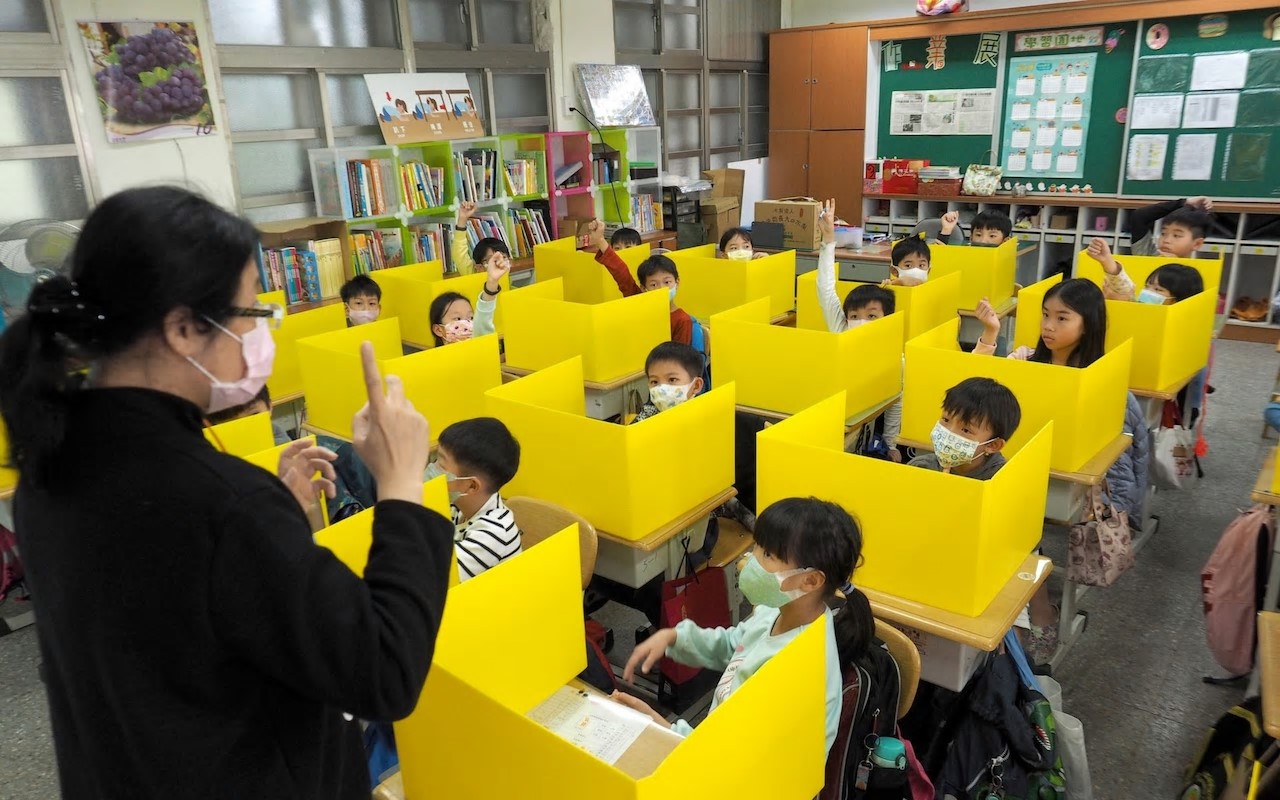 Primary school in Taiwan during COVID-19
Primary school in Taiwan during COVID-19
In England school staff and NHS workers have called for schools to remain closed until widespread testing for Covid-19 is in place along with “rigorous contact tracing and scrupulous adherence to quarantining”. An open letter to the health secretary, signed by thousands of NHS workers with children currently attending school, says they are worried about recent speculation that schools could be wholly reopened soon (tes, April 20th).
Tools for remote learning
The EEF has produced a set of resources designed to be used by schools and parents/carers to support home learning, especially for the disadvantaged children. The resources are all based on evidence-based recommendations. For schools, there are helpful planning prompts and other practical tools. There are also useful resources for schools to share with parents who are looking to support their children’s learning – from establishing home learning routines to shared reading help, to handy tips for supporting maths in the home. Also, tools , like a checklist or a video, are shared for parents to build a great home learning routine with their child.
Report OECD
The OECD published a report which aims to support education decision makers in developing and implementing effective education responses to the COVID-19 Pandemic. Assuming an extended period of disruption, the OECD calls on countries to develop alternative modalities for teaching and learning and offers a framework for decision-making. A review of responses of 98 countries indicates current priorities, emerging responses and areas likely to face implementation challenges in these countries, such as ensuring continuing access to remote learning or how to support learners unable to self-regulate their learning.
Sources
https://www.rijksoverheid.nl/ministeries/ministerie-van-onderwijs-cultuur-en-wetenschap
https://nos.nl/artikel/2331387-meeste-leraren-blij-met-heropening-scholen-sommigen-bezorgd.html
https://www.poraad.nl/nieuws-en-achtergronden/nieuwe-kaart-les-op-afstand-weer-naar-school
https://po.lesopafstand.nl/lesopafstand/inrichten-onderwijs/kaarten-po-raad/
https://www.thelocal.no/20200420/norway-begins-reopening-nursery-schools-after-month-long-closure
https://www.tes.com/news/coronavirus-nhs-workers-call-keep-teachers-safe
https://educationendowmentfoundation.org.uk/covid-19-resources/
See also information for:
Most recent blogs:
How LEARN! supports primary and secondary schools in mapping social-emotional functioning and well-being for the school scan of the National Education Program
Jun 28, 2021
Extra support, catch-up programmes, learning delays, these have now become common terms in...
Conference ‘Increasing educational opportunities in the wake of Covid-19’
Jun 21, 2021
Covid-19 has an enormous impact on education. This has led to an increased interest in how recent...
Educational opportunities in the wake of COVID-19: webinars now available on Youtube
Jun 17, 2021
On the 9th of June LEARN! and Educationlab organized an online conference about...
Homeschooling during the COVID-19 pandemic: Parental experiences, risk and resilience
Apr 1, 2021
Lockdown measures and school closures due to the COVID-19 pandemic meant that families with...
Catch-up and support programmes in primary and secondary education
Mar 1, 2021
The Ministry of Education, Culture and Science (OCW) provides funding in three application rounds...
Home education with adaptive practice software: gains instead of losses?
Jan 26, 2021
As schools all over Europe remain shuttered for the second time this winter because of the Covid...


